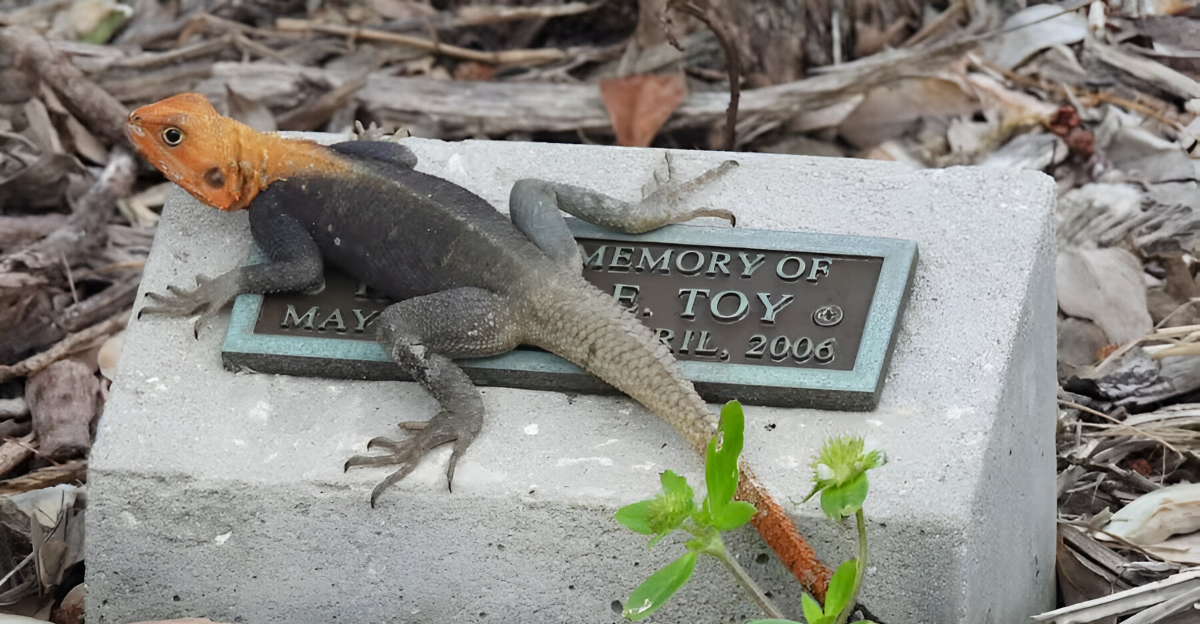
There’s nothing quite as interesting as having a lizard run by with an orange head, but they might not be up to good at all. These lizards are Peters’s rock agamas, an invasive species from East Africa that has rapidly established itself across Florida.
These little critters began showing their face in the 1970s due to the pet trade, and they aren’t planning on going anywhere soon. As sightings expand northward into Central Florida, questions loom about whether this invasive lizard could eventually cross state borders.
What Is the Peter’s Rock Agama?
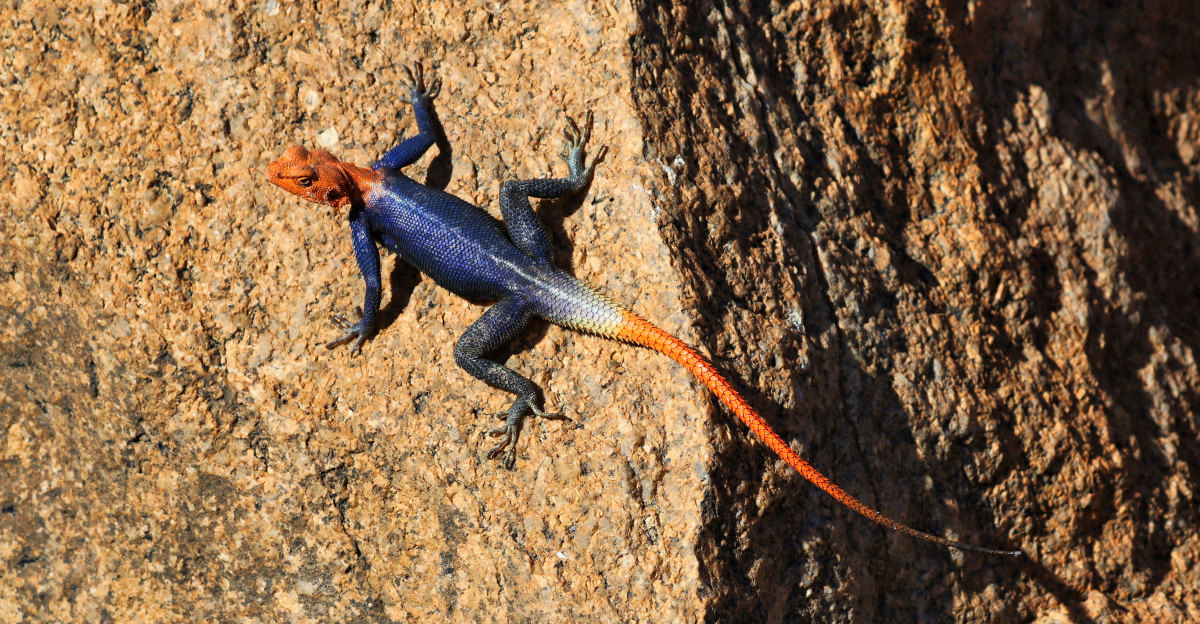
This nonnative lizard species, originally from tropical East Africa, has a unique look with its orange head. Adult males measure about 8 to 12 inches long and have bright orange or red heads with indigo blue or black bodies, while females are smaller and more subdued in color, often brownish with light markings.
These lizards primarily feed on insects but have also been observed eating small reptiles, birds, and mammals. Their presence raises ecological concerns due to their potential impact on native wildlife.
How Did They Get to Florida?
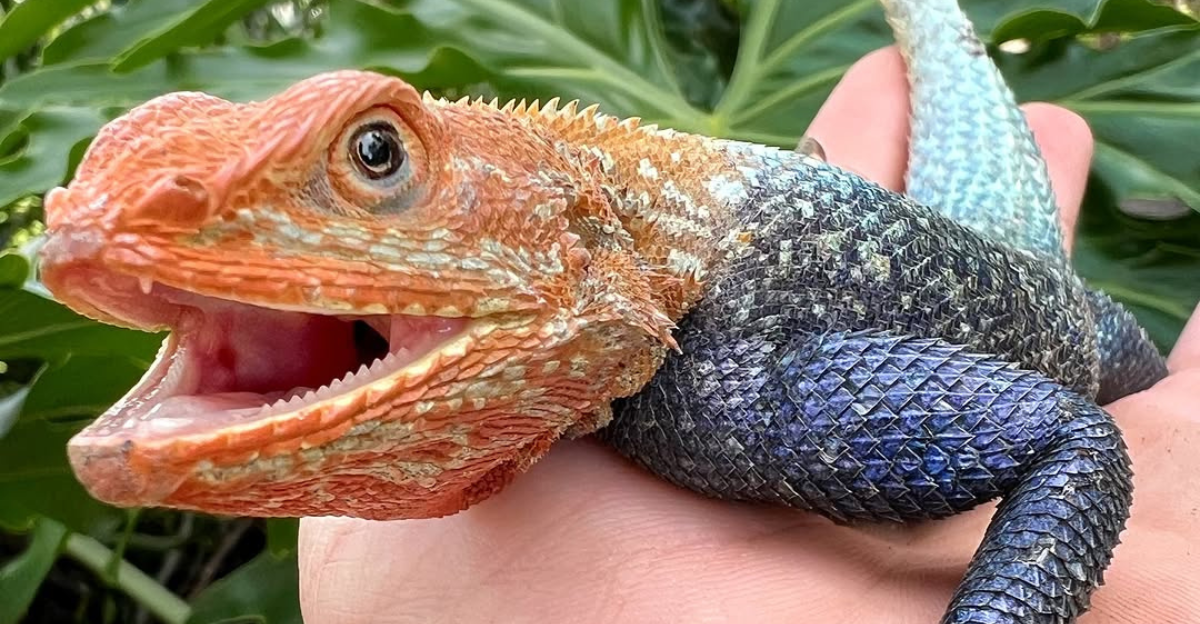
They were first introduced to Florida in 1976 through the exotic pet trade, likely as escaped or intentionally released pets. Multiple introductions happened, with a reptile dealer responsible for releasing populations in areas such as Homestead in Miami-Dade County and Palm City in Martin County.
Since then, these lizards have established breeding populations across many South and Central Florida counties. They mainly thrive in urban and residential areas.
Distinctive Appearance and Behavior
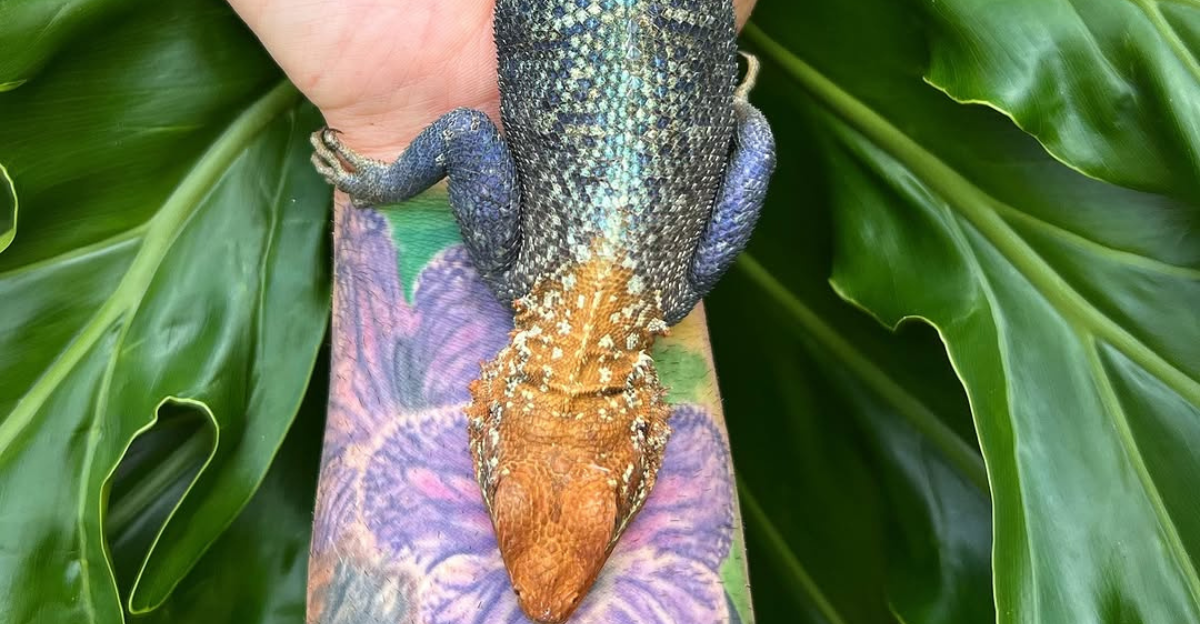
Unlike Florida’s sleek, nocturnal geckos, Peter’s rock agamas are active during the day and have rough, spiny scales. They are diurnal and often found basking on walls, fences, and rocks in urban areas, quickly fleeing when approached. They stay close to hiding spots like shrubs or crevices and are more active during the day than native geckos.
Agamas are mostly insectivorous, feeding on ants, grasshoppers, crickets, and beetles. However, they are opportunistic and have been documented eating other lizards, small mammals, birds, and even their own young.
Impact on Native Wildlife
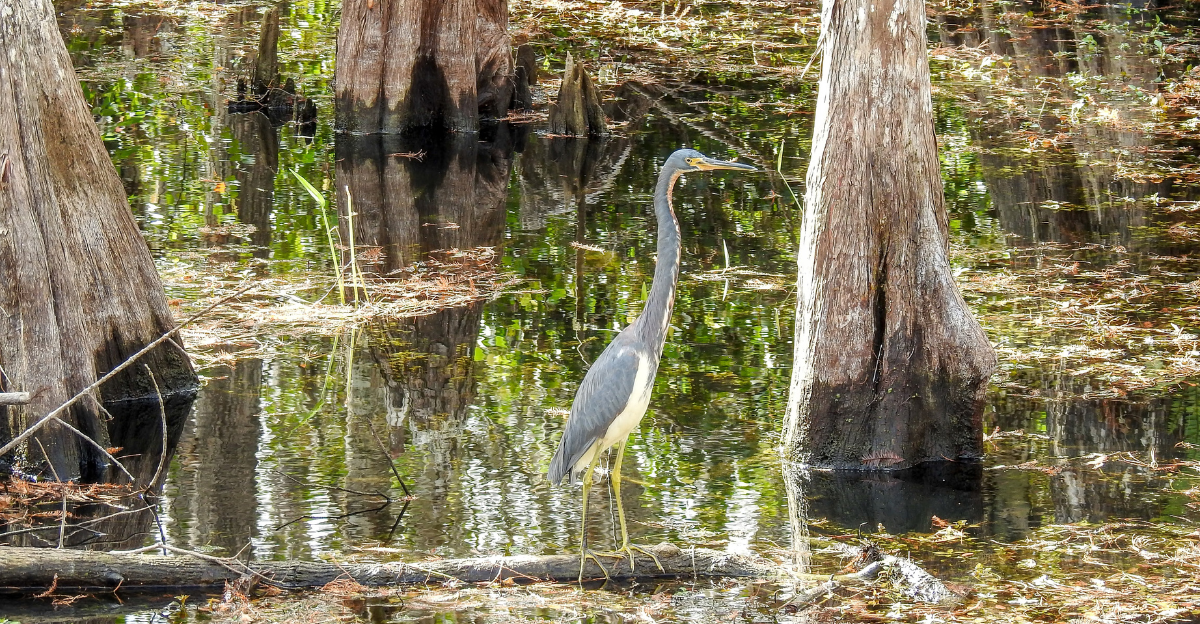
Due to their size, high population densities, and predatory habits, these lizards are a major threat to Florida’s native wildlife. They prey on small native insects and reptiles, potentially reducing vulnerable species populations while competing with native fauna for food and habitat resources.
Although they primarily inhabit urban and suburban areas, their presence can disrupt local ecosystems by outcompeting and preying on native species.
Challenges in Control and Eradication
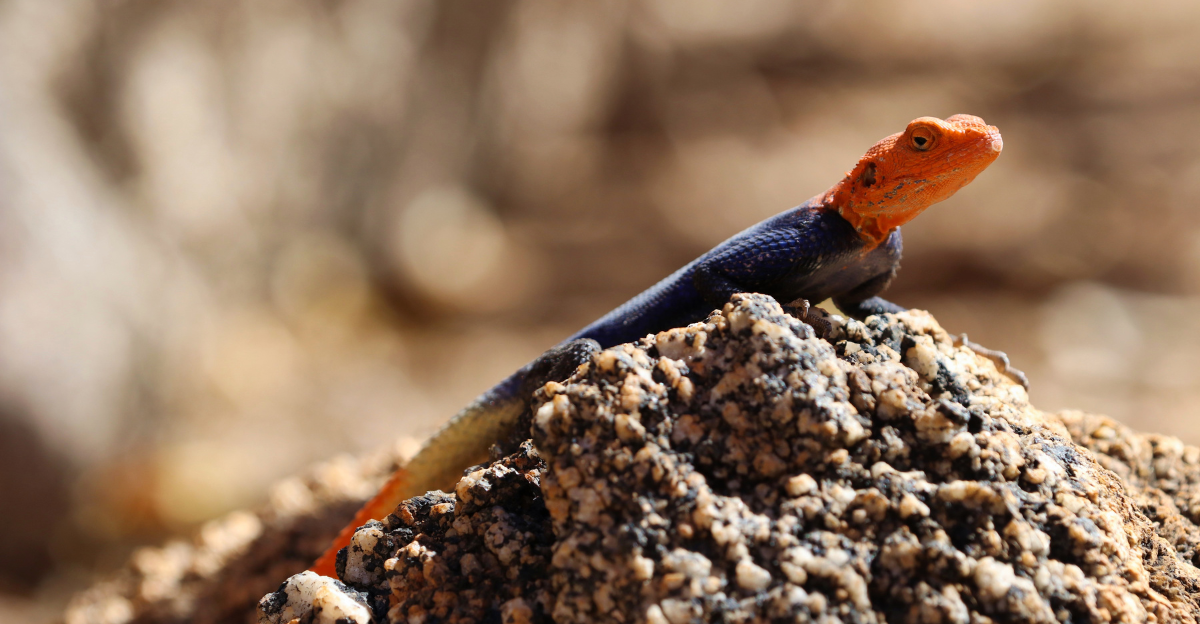
These lizards are fast, wary, and able to hide in small crevices, making them difficult to trap despite efforts to develop live-trapping methods. “You can spend much time catching one,” Josh Grau said. “We haven’t found a manageable way (to eradicate them) that’s worth the time.” Their ability to hitchhike on vehicles and disperse along transportation corridors facilitates their spread to new areas.
While they can be humanely removed or killed on private property with landowner permission, no large-scale coordinated control program currently exists, and ongoing monitoring relies heavily on citizen reports.
“And we can be dispersing them in other parking lots. And if those parking lots are next to a natural area, then we potentially spread that population to a natural area that we would be concerned about,” Dr Bryan Falk from the Everglades National Park said.
How to Report Sightings

If you spot one of these colorful critters, you can use the online mapping tool EDDMapS or the Ivegot1 app. Both platforms require creating a user ID and password before submitting your report. When you spot an agama, take a clear photo and upload it along with details of the location. Reporting is especially important if you see these lizards in counties where they have not been previously documented, helping researchers track their spread and better understand their impact.
It’s important to note that additional reports from counties where the species is already established are generally not needed. Citizens’ help is crucial for monitoring this invasive species and informing management strategies.
Can They Cross State Borders?

These lizards are steadily expanding their range northward from South Florida into Central Florida and potentially beyond, raising concerns about their ability to cross state borders. While these lizards primarily spread within Florida through accidental transport on vehicles and trains and intentional releases, their movement along major transportation corridors suggests they could eventually reach neighboring states.
However, their current populations remain largely confined to human-dominated areas in Florida, and no confirmed established populations outside the state have been reported yet.
Rapid Spread Across the State
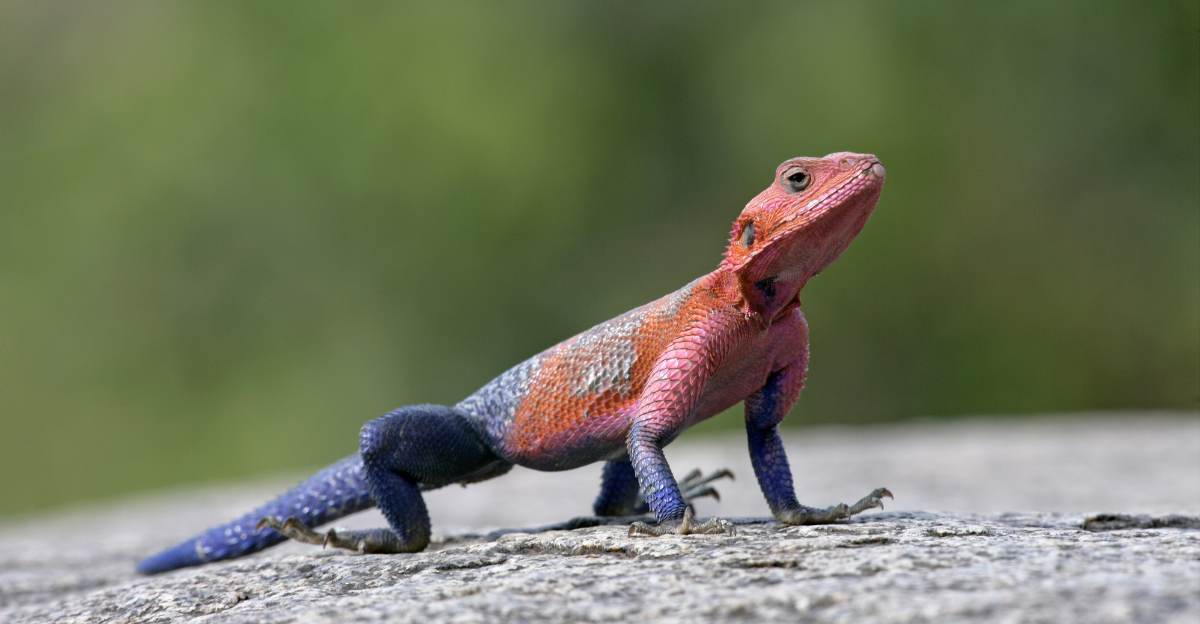
Once limited to South Florida, the agama is now found in over half of Florida’s 67 counties, including central regions like Orange, Seminole, and Volusia. This expansion is largely concentrated in residential and urban areas where the lizards thrive on walls, fences, and other man-made structures. Their ability to reproduce quickly and adapt to human-dominated environments has increased their swift range.
While they mainly stay close to hiding spots and avoid natural habitats, their growing presence alters local ecosystems, notably by competing with and preying on native lizards and insects.
What’s Next for Florida’s Ecosystem?
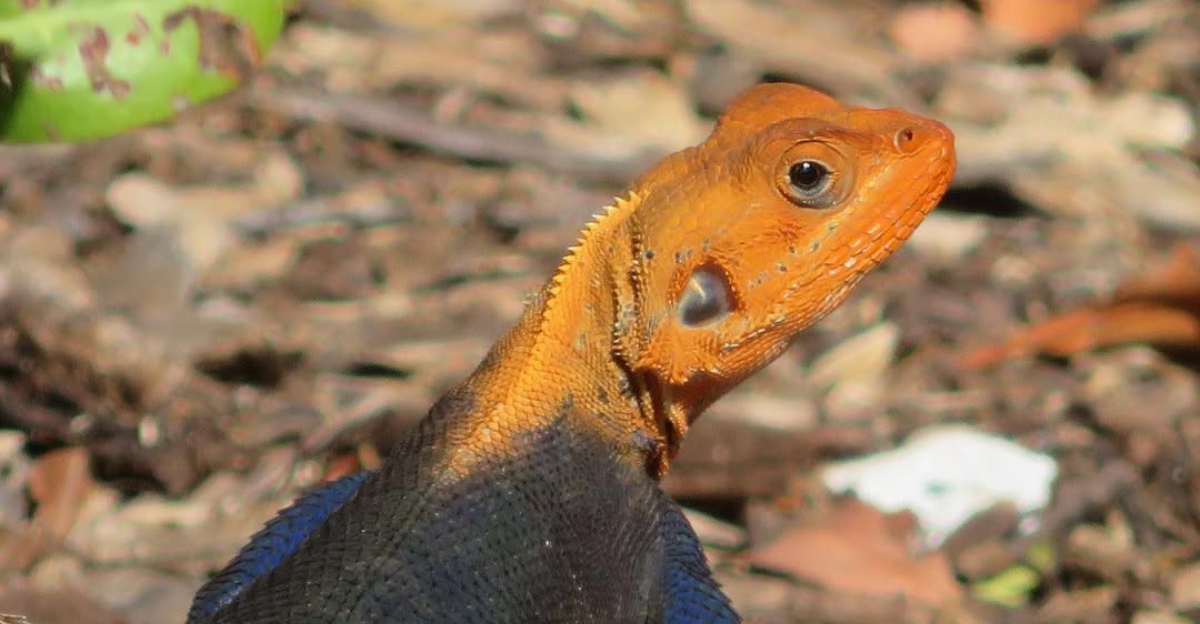
The full ecological impact of the Peter’s rock agama is still being studied, but current research suggests these lizards primarily inhabit urban and suburban areas and have yet to cause widespread ecological harm, their high population densities and predation on native insects and small reptiles pose risks, especially to vulnerable species like imperiled butterflies in South Florida and the Keys.
Given that eradication is unlikely, ongoing monitoring, public reporting, and responsible pet ownership are essential to managing their impact and preventing further ecological disruption.
Explore more of our trending stories and hit Follow to keep them coming to your feed!

Don’t miss out on more stories like this! Hit the Follow button at the top of this article to stay updated with the latest news. Share your thoughts in the comments—we’d love to hear from you!







